The Esterházy family and their palace in Eisenstadt, a Baroque masterpiece of Austria
Among Hungary’s oldest noble families, the Fraknó princely branch of the Esterházy dynasty began with Nikolaus Esterházy (Galanta, 1583 - Großhöflein, 1645). A convert from Calvinism to Catholicism, he was one of the greatest supporters of the Catholic reaction in Hungary and laid the groundwork for the rapid rise of his family by supporting the cause of the Holy Roman Emperor against the advance of the Turks into Hungary. For the latter, the Esterházy household represented a strong shield against the Turkish advance, as it gathered a considerable number of soldiers under itself at its own expense, thus motivating other Hungarian aristocrats to do the same. In 1622 he obtained from Emperor Ferdinand II of Habsburg the fiefdom of Forchtenstein and the title of count, as well as the government of the county of Eisenstadt, while in 1625 he was again appointed by Emperor Palatine to the kingdom of Hungary. The full name of the lineage, however, was Esterházy of Galantha, from the fief of Galanta in Slovakia that members of the family, whose origins go back as far as the 13th century, had acquired in the 15th century.
Testifying to the prestige of the Esterházy dynasty is the Esterházy Palace in Eisenstadt, the capital of Burgenland not far from Vienna. In fact, the palace is considered the most important residence of the family, which was acquired by Nikolaus and rebuilt by him. The building, which was built in 1390 on a fortified fortress and later rebuilt in the 17th century, is now one of the most beautiful Baroque palaces in Austria because of its sumptuous and opulent rooms. The baroque renovation of the palace was accomplished in the second half of the 17th century (1663 - 1672) by Nikolaus’s illustrious son Paul I (Kismárton, 1635 - 1713). He joined the imperial army and soon rose to the rank of field marshal (1665), as a result of the military merits for which he had distinguished himself in the war against the Turks by showing loyalty to the Habsburgs. In 1681 he was granted the title of Count Palatine, and in 1687 he was appointed prince of the Empire by Emperor Leopold of Habsburg. Paul I oversaw the expansion of the palace, for which he called the architect Carlo Martino Carlone; a reconstruction that lasted ten years and defined the main facade and courtyard as we still see them today. Originally the facade was in the colors gray, white and pink; only in the 19th century did it take on today’s yellow color. The stucco decoration was accomplished by master Andrea Bertinalli, who also made the stucco grotesques in the main facade and courtyard facades. Legends have also arisen around these grotesques that the artists depicted the faces of court officials, who did not pay them and threw money into entertainment, in the grimaces of the grotesques.
Other remodeling, however, dates back to the 18th century at the behest of the couple Paul II Anton (Eisenstadt, 1711 - Vienna, 1762) and Anna Maria Lunati Visconti, and later for Prince Anton and Prince Nikolaus II: the latter in the 19th century was also responsible for the renovation of the garden, which, in accordance with the fashion of the time, took on the form of an English garden enriched with a temple, ponds, greenhouses and waterfalls.
In addition to members of the Esterházy family, a famous Austrian composer, Franz Joseph Haydn (Rohrau, 1732 - Vienna, 1809), one of the leading exponents of Viennese classicism and considered the “father of the symphony” and the string quartet, is also closely associated with the palace. We know that Haydn worked at the Esterházy court for more than forty years, from 1761 to 1803, as chapel master, composer, and conductor, and that he found fertile ground for compositions especially under Nikolaus I, who promoted him to the musical direction of all palace events. Haydn composed a series of musical works inspired by the prince’s favorite instrument, namely the viola di bordone. In honor of the prince, Haydn dedicated Symphony No. 45 to him, otherwise known as the Symphony of Farewells, since it was composed when the court was in Esterháza’s summer residence and on that occasion the musicians stopped playing and left the hall, leaving only Haydn’s own violin and first violin to continue.
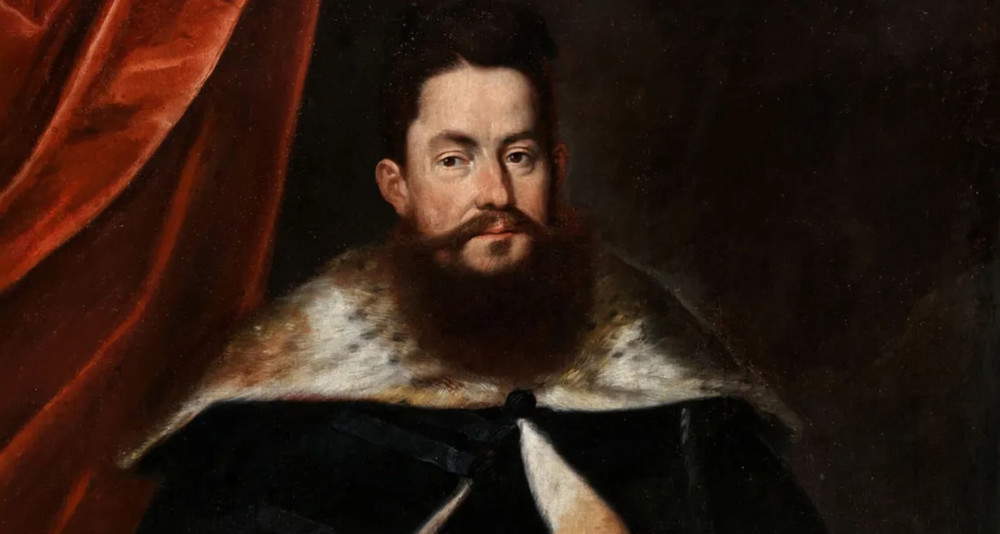
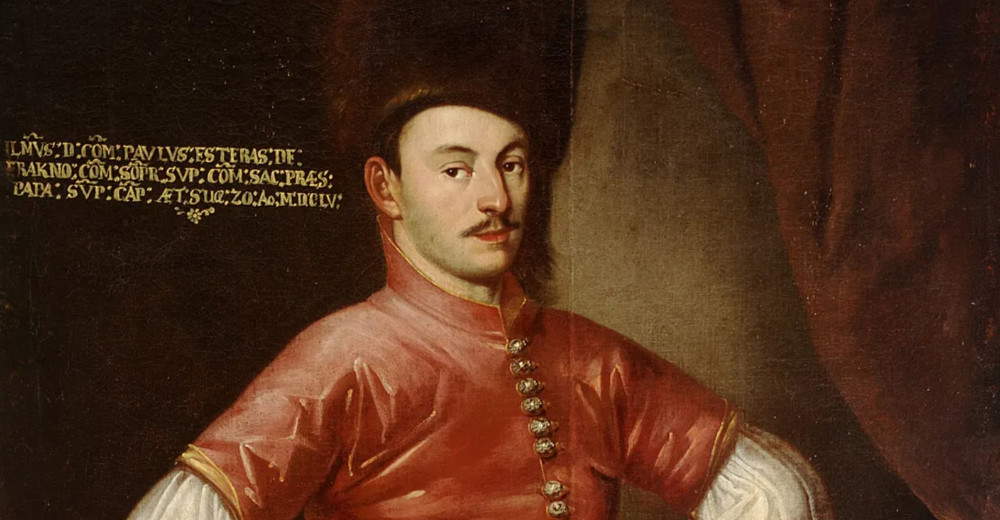
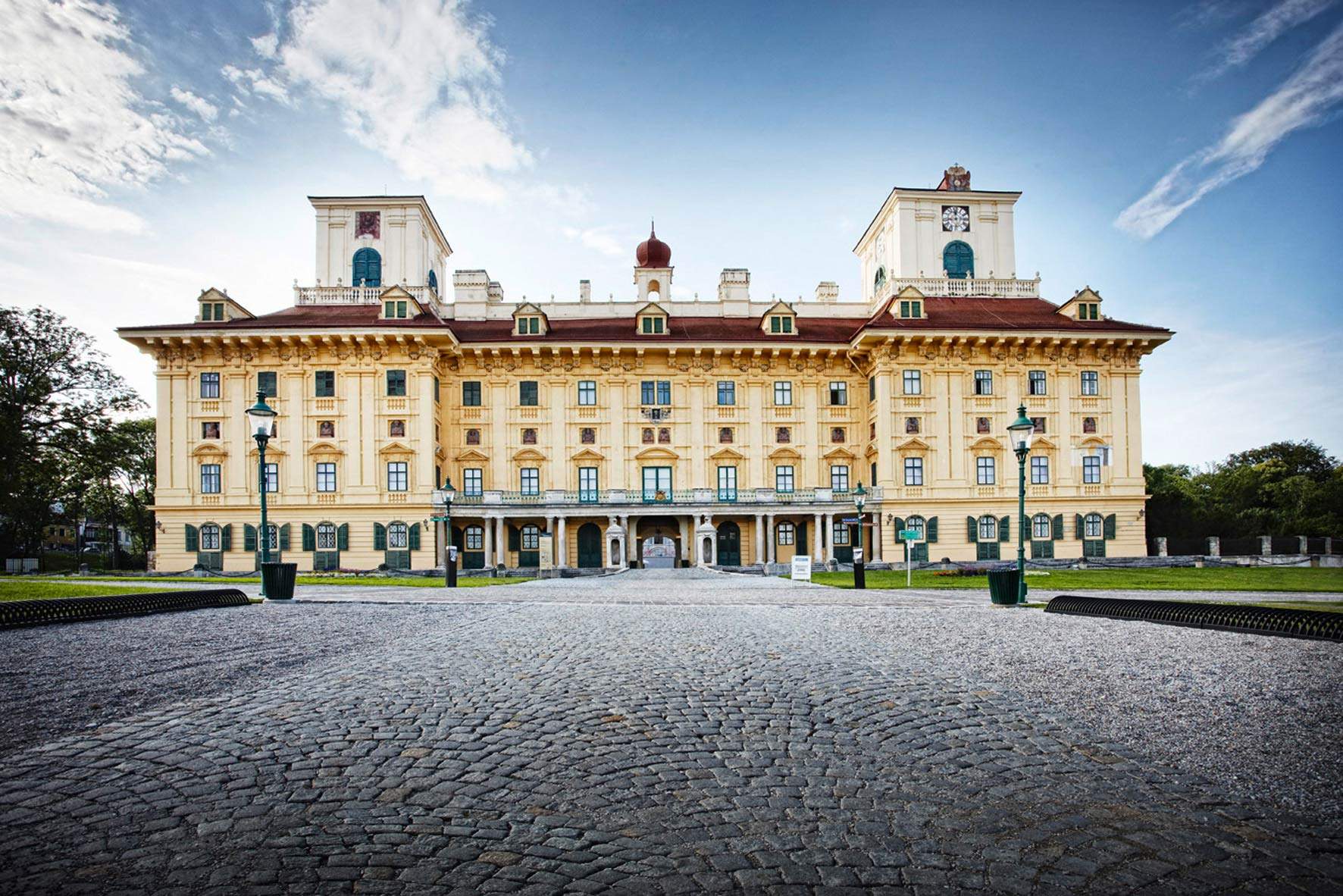
Among the most opulent halls of the Eisenstadt palace is the Haydnsaal, still one of the most beautiful concert halls in the world, dedicated to the great Austrian composer. Among the best for acoustics (each year it hosts a rich program of concerts, more than a hundred, and since 2017 the Herbstgold, an event that combines classical music, jazz, and Balkan music with gastronomy and enology), the Great Hall was built at the behest of Paul Esterházy. The pictorial program of the original great banquet hall ranged from the characters of Adam and Eve to depictions of the Esterházy estates, portraits of Hungarian ancestors and kings, and portraits of Roman emperors. For the ceiling, plans were made to depict in large panels the country allegories of Hungary, scenes from the legend of the Hesperides and the fairy tale of Cupid and Psyche, culminating in Psyche’s acceptance into the heaven of the gods.
It was not until the late 18th century that the hall was modified in the course of the classicist reconstruction of the palace. The windows on the garden side were closed, doors were installed, and the fountains on the narrow sides of the Great Hall were demolished; the wall surfaces of the hall also underwent changes: the 17th-century paintings were whitewashed down to the ceiling panels, and the court painter Friedrich Rhode was commissioned to execute and hang festoon decorations of flowers and grisaille medallions on the walls. Still dedicated to Haydn is then the palace’s Sala Terrena, which houses the permanent exhibition Haydn explosiv. Music from Revolutionary Times: chronicling the life and work of the great composer, historical autographs, sheet music, paintings, graphic works and musical instruments are on display here, but immersed in a contemporary setting, such as the floor covered with a colorful carpet by Roy Lichtenstein, the walls covered with wallpaper by Franz West, Verena Dengler and Margit Nobis, and no shortage of sound installations. Also visible is his Hammerflügel piano that was given to him by Princess Maria Josefa Hermenegilde, his patron, for whom Haydn devised piano sonatas that she performed directly with the Hammerflügel.
The latter, born Princess Liechtenstein, along with Maria Theresia, born Princess Thurn und Taxis and much courted during the Congress of Vienna, and Lady Sarah Child-Villiers, a musical talent who sadly passed away at a young age, are three significant women of the lineage. They lived in sumptuous rooms, now restored, that now constitute thePrincess’s Apartment within the palace. A permanent section of the palace also tells the story of Princess Melinda Esterházy (Budapest, 1920 - Eisenstadt, 2014): of middle-class origins, Melinda Ottrubay began dancing as a young girl until becoming a dancer at the Budapest Opera, and became a princess by marrying Prince Paul V Esterházy. Her biographical story is told in the Palace by the five-act exhibition Life Gave Me Much, which chronicles the life of the last princely couple. The couple had no children and therefore Melinda, after the death of her husband Paul, started several foundations to maintain the historical and cultural legacy of the Esterházy family
What was once an important residence of the Esterházy family is now a museum and venue for events and cultural happenings: it preserves the exclusive private collection of the lineage, including precious porcelain, silverware, high-quality works of art, and historic furniture. From porcelain from the Frankenthal manufactory to the world’s largest empire-style silver table service made by the famous Viennese goldsmith Würth, from miniatures to paintings to sculptures.
The palace is a glimpse of glamorous life at the court of the Esterházy princes: visiting it provides an opportunity to learn about the history of an important noble family that over the centuries became linked to that of the building itself, for it was here that they lived and had relations with personalities of the time. Past and present live a continuous dialogue here, which makes the Esterházy Palace in Eisenstadt a unique and magnificently evocative place.
To learn more about the Esterházy Palace visit austria.info
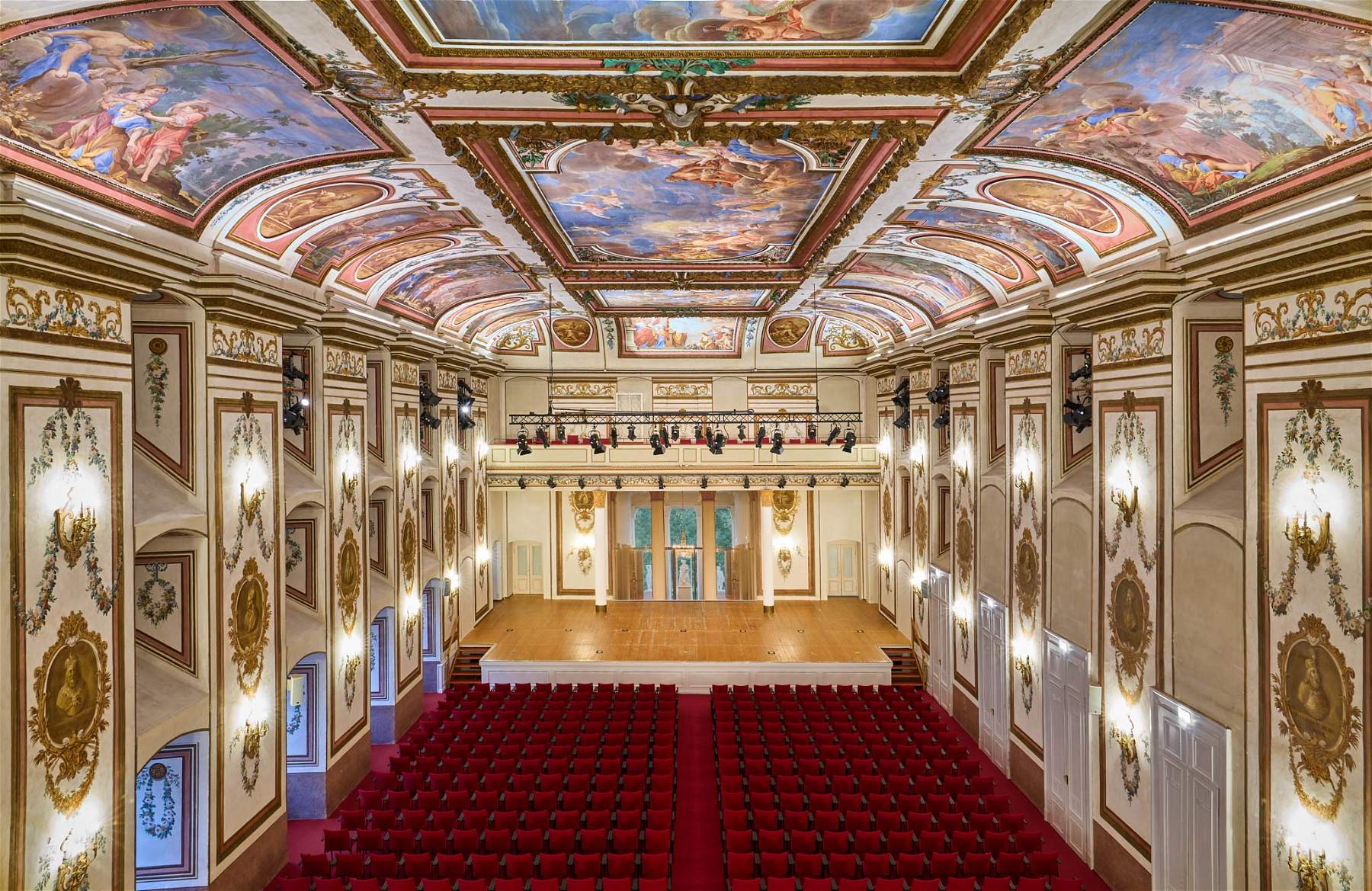
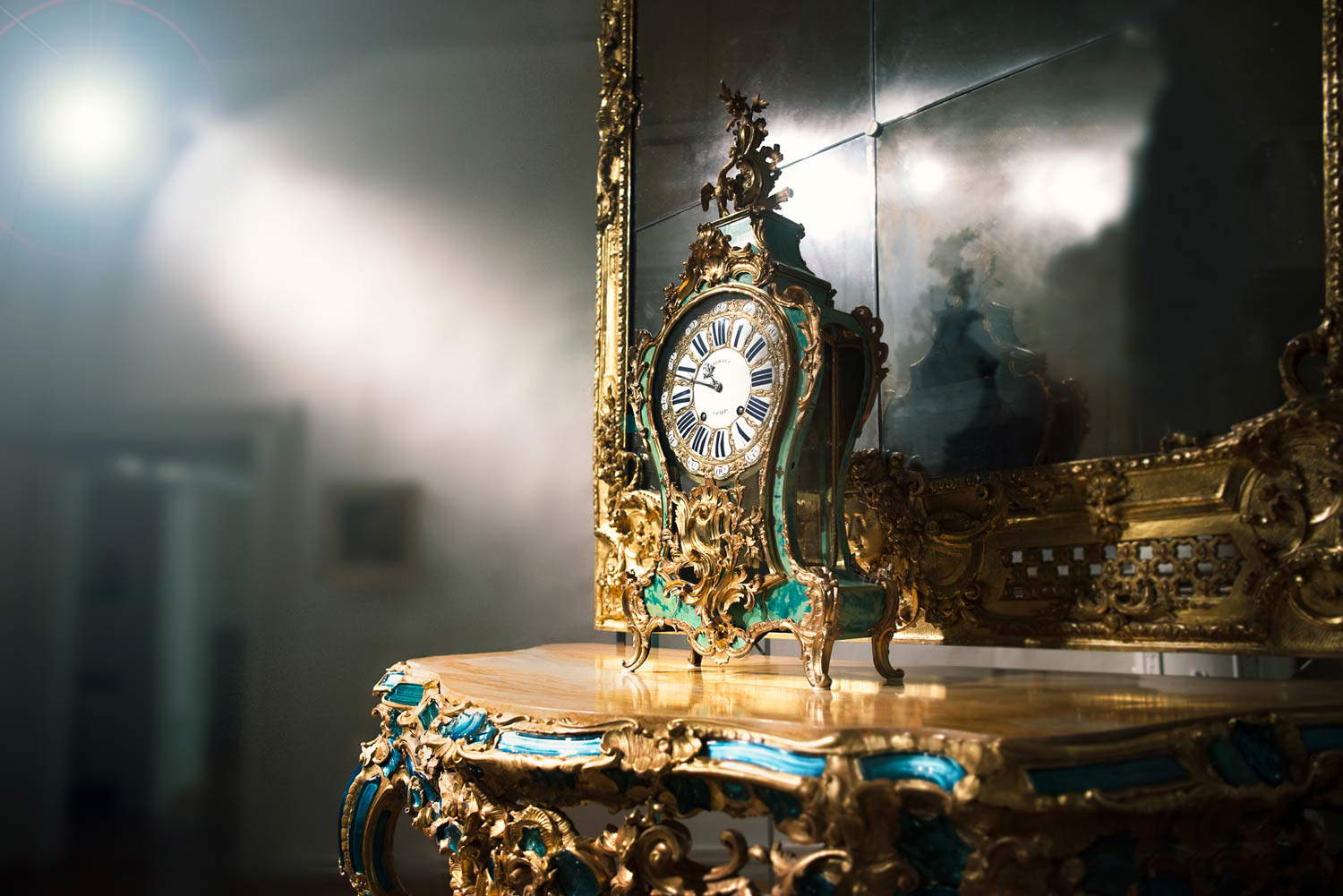
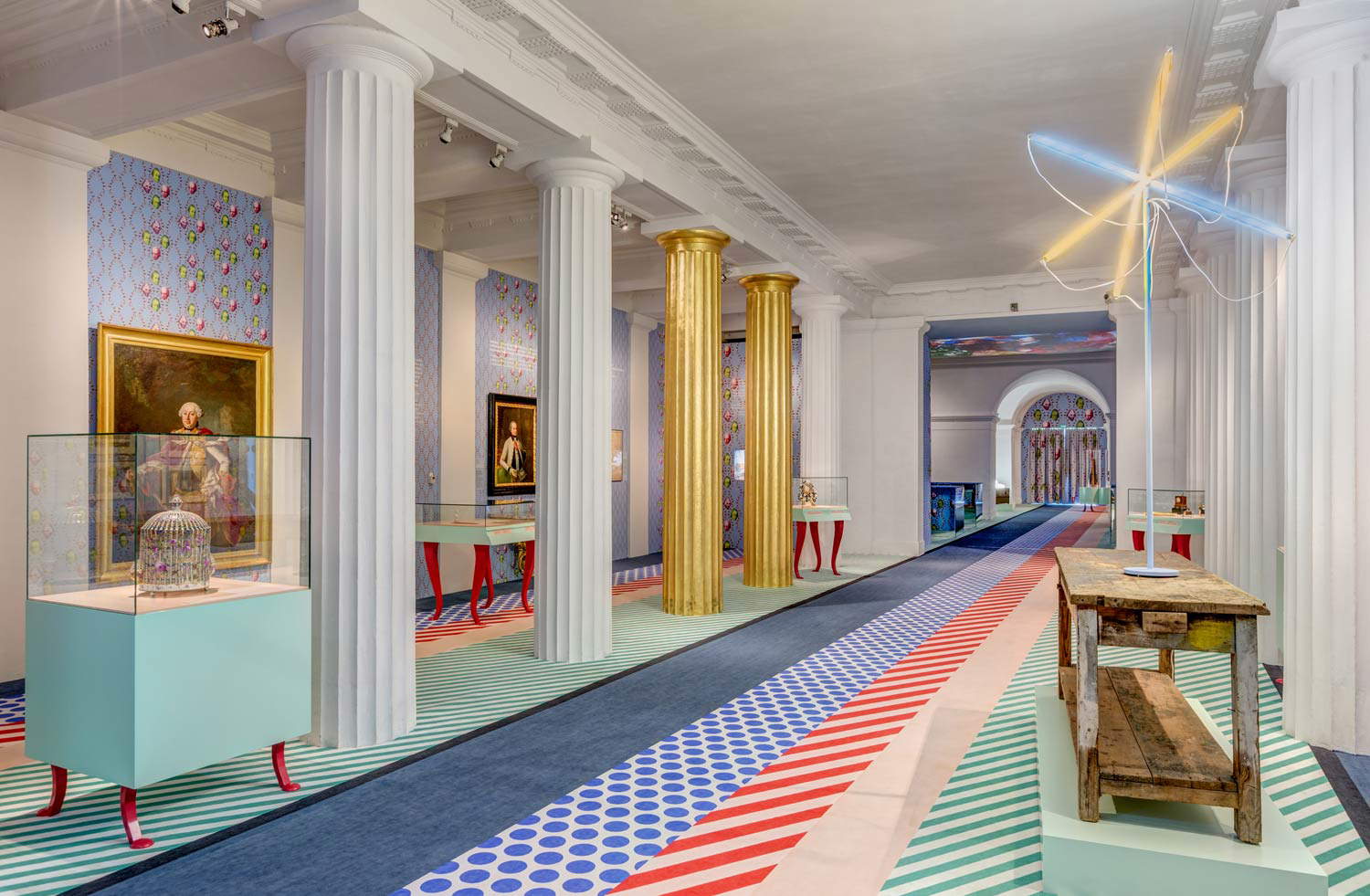
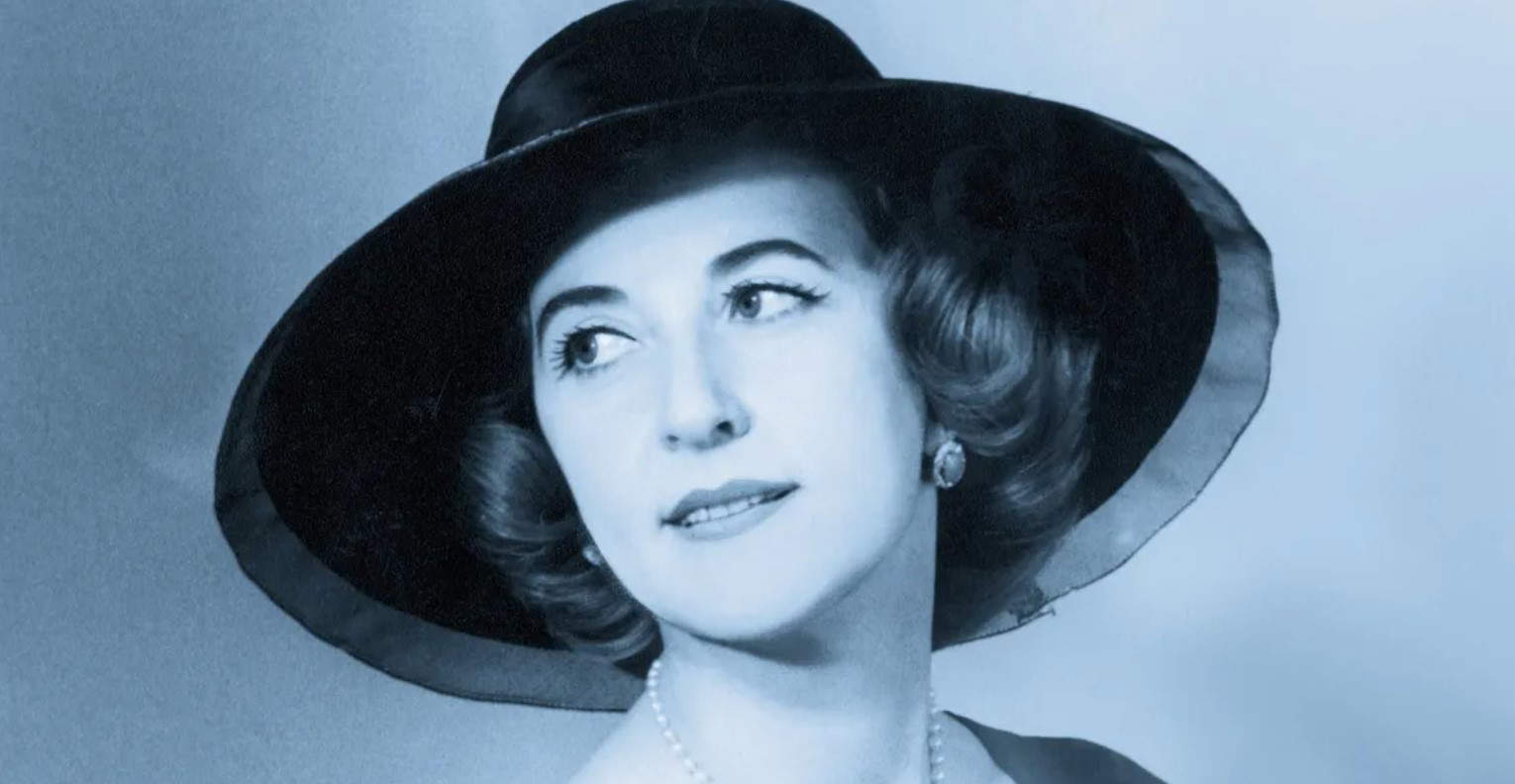
 |
| The Esterházy family and their palace in Eisenstadt, a Baroque masterpiece of Austria |
Warning: the translation into English of the original Italian article was created using automatic tools. We undertake to review all articles, but we do not guarantee the total absence of inaccuracies in the translation due to the program. You can find the original by clicking on the ITA button. If you find any mistake,please contact us.



























